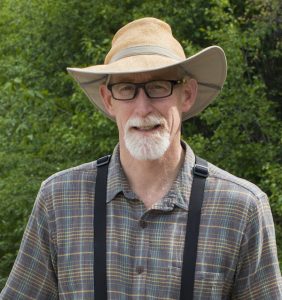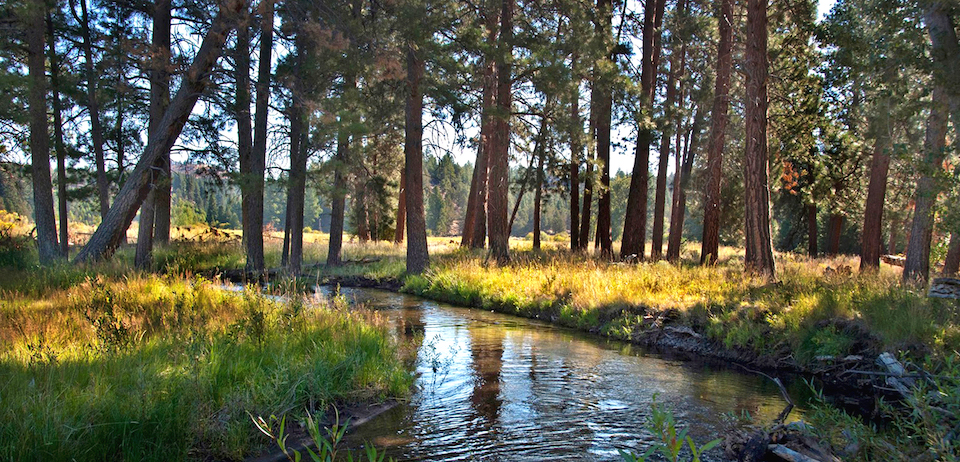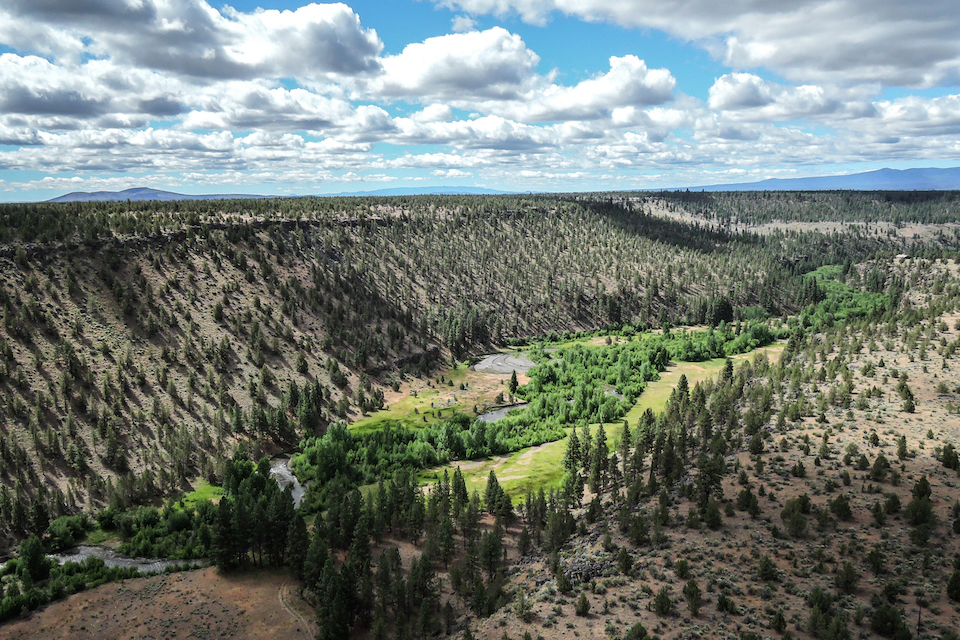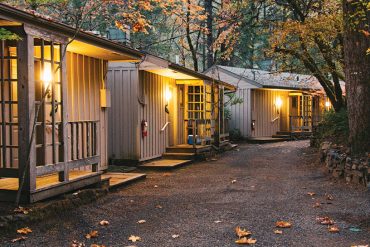written by Bronte Dod | featured photo by Russ McMillan
Brad Chalfant never goes anywhere without maps. The executive director of the Deschutes Land Trust carries maps of the Deschutes River Basin, a section of land in Oregon covering 6.4 million acres that are in the domain of the Deschutes Land Trust. Past, present and future projects of the nonprofit organization dot these maps; they are a timeline of more than twenty years of work by Chalfant and the Deschutes Land Trust conserving, protecting and restoring land in the region.

Chalfant describes himself as a “recovered attorney.” He landed in Bend in the 1980s as a ski bum for a few years before working for Deschutes County and the county council’s office managing the county’s land.
By the mid-1990s, Bend’s population was around 30,000 and growing. Development scooped up important pieces of land important to habitat and wildlife. The rapid growth in the region concerned Chalfant and members of the community.
“We saw a lot of polarization,” Chalfant said. “Nothing gets folks more riled up than telling them what they can and can’t do with their own land. We’re really fortunate that [Oregon] had a system to guide [private land use], but like any system, it was imperfect.”
Frustrated, Chalfant and his peers found a solution in forming a land trust, a nonprofit organization that would complement other state and private systems of land management in the interest of habitat and wildlife conservation.
Working with private landowners, the Deschutes Land Trust negotiates conservation easements on the properties that supersede ownership changes.
Chalfant said that the Deschutes Land Trust is unique in that it has an explicit mission to own certain properties, which isn’t always a goal of land trusts. In doing so, the Deschutes Land Trust has more control to manage the land and restore habitat and wildlife to its state before intensive human interference.
One of its largest success stories is the Whychus Creek Preserve. The organization has spent twenty years acquiring land or placing conservation easements on properties surrounding Whychus Creek in order to bring back the stream that had run dry and restore the steelhead population that once swam up the creek.

Sarah Mowry, communications director for the trust, has worked for the Deschutes Land Trust for eleven years. She estimates that the organization needs around $1 million for every mile of project it takes on. That funding comes from grants and state and federal governments. It also comes from the community.
“People want to learn about where they landed,” Mowry said. The Deschutes Land Trust hosts free hikes year-round, often on private lands that it has acquired but aren’t publicly accessible, teaching people about the importance of certain pieces of land.
In working with landowners and the community, Chalfant believes that the Deschutes Land Trust has mapped out a model for conservation that is successful and sustainable.
“I’d like to think that through the Land Trust, the community is helping ensure that Central Oregon will continue to be as beautiful and healthy for our children, as it is for those of us living here today,” Chalfant said.









